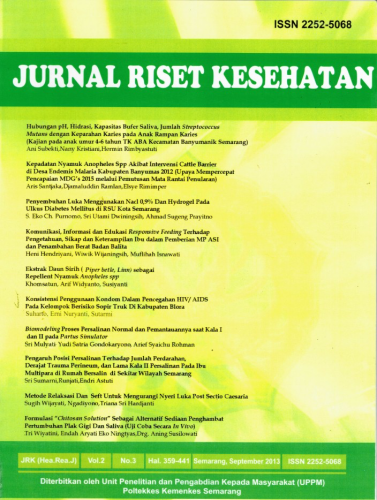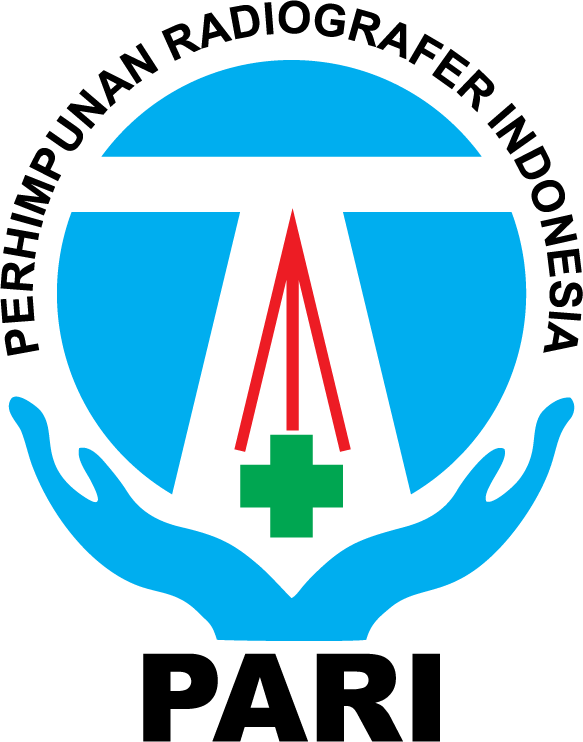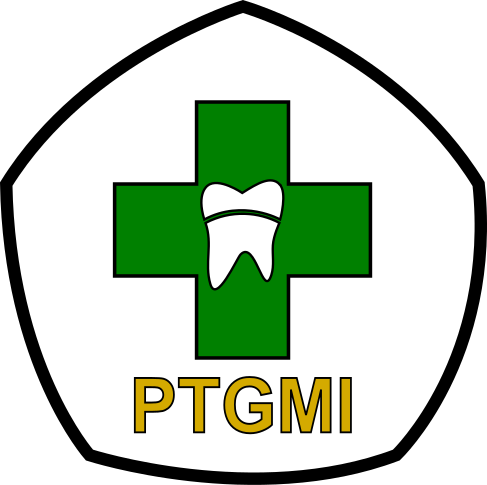Clean Water For Small Islands In Indonesia: Case Study Of Child Diarrhea In Kelapa And Kelapa Dua Islands, Kepulauan Seribu
Abstract
Clean water quality/water sources are critical factors in preventing diarrhea, especially in island areas that often face challenges of limited access and infrastructure to provide adequate clean water. This study aimed to see the descriptive relationship between the physical and microbiological quality of dug well water and the incidence of diarrhea in children on Kelapa Island and Kelapa Dua Island, Kepulauan Seribu. The results of the analysis showed that the physical quality of water in both locations met the criteria of the Minister of Health Regulation number 2 of 2023, namely, the temperature was in the range of 24°C-30°C, turbidity <1 NTU, and water that was odorless and colorless. Microbiological analysis revealed significant contamination, with total Coliform Bacteria and Escherichia coli levels exceeding the maximum allowable limit (> 0 CFU/100 ml ). Factors such as shallow well depths of less than 3 meters and well distances of less than 10 meters from pollution sources contribute to water pollution indicates fecal contamination that increases the risk of diarrhea, especially in children under five. Given the island region's limited access to water quality, these findings emphasize the need for improved water quality monitoring and environmental quality improvements to reduce public health impacts.
Keywords
Full Text:
PDFReferences
Alhamda, S., Sari, M., & Herawati, N. (2021). Analisis Kualitas Fisik dan Bakteriologi (E-coli) Air Sumur gali komunal Di Jorong Koto Kaciak Kanagrian Magek Kecamatan Magek. Jurnal Sehat Mandiri, 16(2), 69-78.
Amadu, I., Seidu, A. A., Agyemang, K. K., Arthur-Holmes, F., Duku, E., Salifu, I., ... & Ahinkorah, B. O. (2023). Joint effect of water and sanitation practices on childhood diarrhoea in sub-Saharan Africa. Plos one, 18(5), e0283826.
Aramana IYT, Kawatu PAT, RatagB, Umboh JML. (2013). Gambaran Kualitas Fisik dan Bakteriologis Air Serta Kondisi Fisik Sumur gali komunal di Kelurahan Bitung Karangria Kecamatan Tuminting kota Manado.Fakultas Kesehatan Masyarakat Universitas Sam Ratulangi. Manado
Bullock, B., & Benham, M. D. (2019). Bacterial sepsis.
Dangiran, H. L., & Dharmawan, Y. (2020). Analisis Spasial Kejadian Diare dengan Keberadaan Sumur gali komunal di Kelurahan Jabungan Kota Semarang. Jurnal Kesehatan Lingkungan Indonesia, 19(1), 68-75.
Ety, A., Susianti, S., & Soleha, T. U. (2019). Identifikasi bakteri escherichia coli pada air sumur gali komunal di kelurahan kelapa tiga, kaliawi persada dan pasir gintung kota bandar lampung. MEDULA, medicalprofession journal of lampung university, 9(1), 57-65.
Hosizah, Y. M. (2018). Sistem Informasi Kesehatan II: Statistik Pelayanan Kesehatan. Jakarta. Pusat Pendidikan Sumber Daya Manusia Kesehatan Kementerian Kesehatan RI.
Kemenkes RI. Keputusan Menteri Kesehatan Republik Indonesia Nomor HK.01.07/MENKES/342/2017 Tentang Pedoman Nasional Pelayanan Kedokteran Tata Laksana Sepsis. Kementerian Kesehatan Republik Indonesia. Jakarta
Kemenkes RI. Peraturan Menteri Kesehatan Republik Indonesia Nomor 21 Tahun 2020 tentang Recana Strategis Kementerian Kesehatan Tahun 2020-2024. Kementerian Kesehatan Republik Indonesia. Jakarta
Kemenkes RI. Peraturan Menteri Kesehatan Republik Indonesia Nomor 2406/MENKES/PER/XII/2011 Tentang Pedoman Umum Penggunaan Antibiotik. Kementerian Kesehatan Republik Indonesia. Jakarta
Kemenkes RI. Peraturan Menteri Kesehatan Republik Indonesia (2016). Rencana Aksi Nasional Kesehatan Lanjut Usia Tahun 2016-2019, Kementerian Kesehatan Republik Indonesia. Jakarta
Kementerian Kesehatan RI, 2011, Situasi Diare di Indonesia, Jakarta
Kemenkes RI. (2011a). Panduan Sosialisasi Tatalaksana Diare Pada Balita Jakarta: Direktorat Jenderal pengendalian Penyakit dan Penyehatan Lingkungan
Merid, M. W., Alem, A. Z., Chilot, D., Belay, D. G., Kibret, A. A., Asratie, M. H., & Aragaw, F. M. (2023). Impact of access to improved water and sanitation on diarrhea reduction among rural under-five children in low and middle-income countries: a propensity score matched analysis. Tropical Medicine and Health, 51(1), 36.
Minasyan, H. (2019). Sepsis: mechanisms of bacterial injury to the patient. Scandinavian journal of trauma, resuscitation and emergency medicine, 27(1), 19.
Radjak, Nurmala Ferbiyanti. 2013. Pengaruh Jarak Septic Tank dan Kondisi Fisik Sumur terhadap Keberadaan Bakteri Dinamika Lingkungan Indonesia 28 Escherichia coli (Skripsi) Universitas Negeri Gorontalo
Rizza, R. (2013). Hubungan Antara Kondisi Fisik Sumur gali komunal dengan Kadar Nitrit Air Sumur gali komunal di Sekitar Sungai Tempat Pembuangan Limbah Cair Batik. Unnes Journal of Public Health. Volume 2. No 3. Mei 2013. Hlm 1-10
Setianingsih, I., Andiarsa, D., & Hariyati, E. (2019). Deteksi Diarrhoegenic E. coli pada Sampel Feses Penderita Diare di Puskesmas Batulicin dan Pagatan Kabupaten Tanah Bumbu dengan Metode Polymerase Chain Reaction (PCR). Biomedika, 12(2), 132-148
Tripathi, A., Tushar, S., Pal, S., Lodh, S., Tiwari, S., & Desai, R. S. (2016). Atmospheric water generator. International Journal of Enhanced Research in Science, 5(4), 69-72.
United States Environmental Protection Agency. (2018). Revised draft life cycle and cost assessments of atmospheric water generation technologies and alternative potable water emergency response options. U.S.
Environmental Protection Agency, National Exposure Research Laboratory, National Risk Management Research Laboratory, Office of Research and Development
WHO. (2024, August 13). Diarrhoeal disease. World Health Organization. Diakses tanggal 13 Agustus 2024, dari https://www.who.int/news-room/fact-sheets/detail/diarrhoeal-disease
WHO. (2024, September 2). E-coli. World Health Organization. Diakses tanggal 2 September 2024, dari https://www.who.int/news-room/fact-sheets/detail/E-coli
DOI: https://doi.org/10.31983/jrk.v13i2.12159
Article Metrics
Refbacks
- There are currently no refbacks.
Copyright (c) 2024 Jurnal Riset Kesehatan




















































